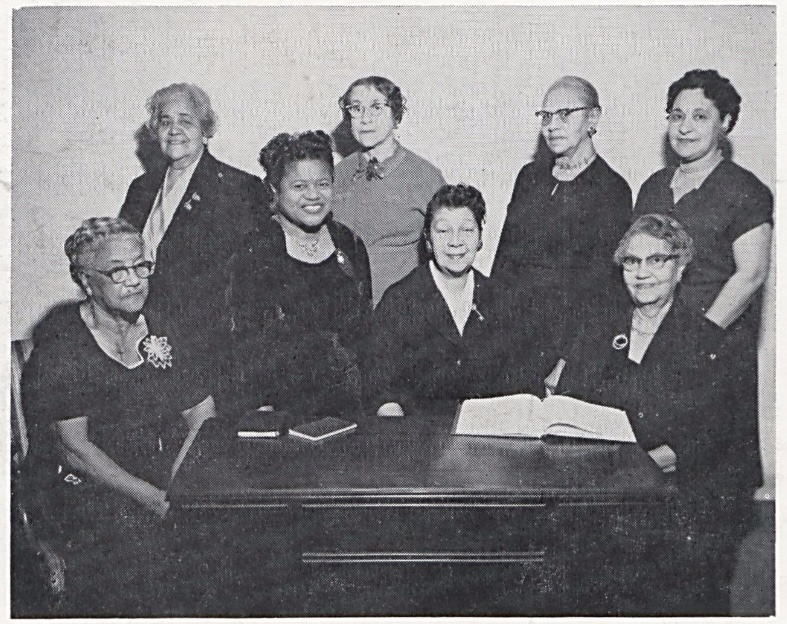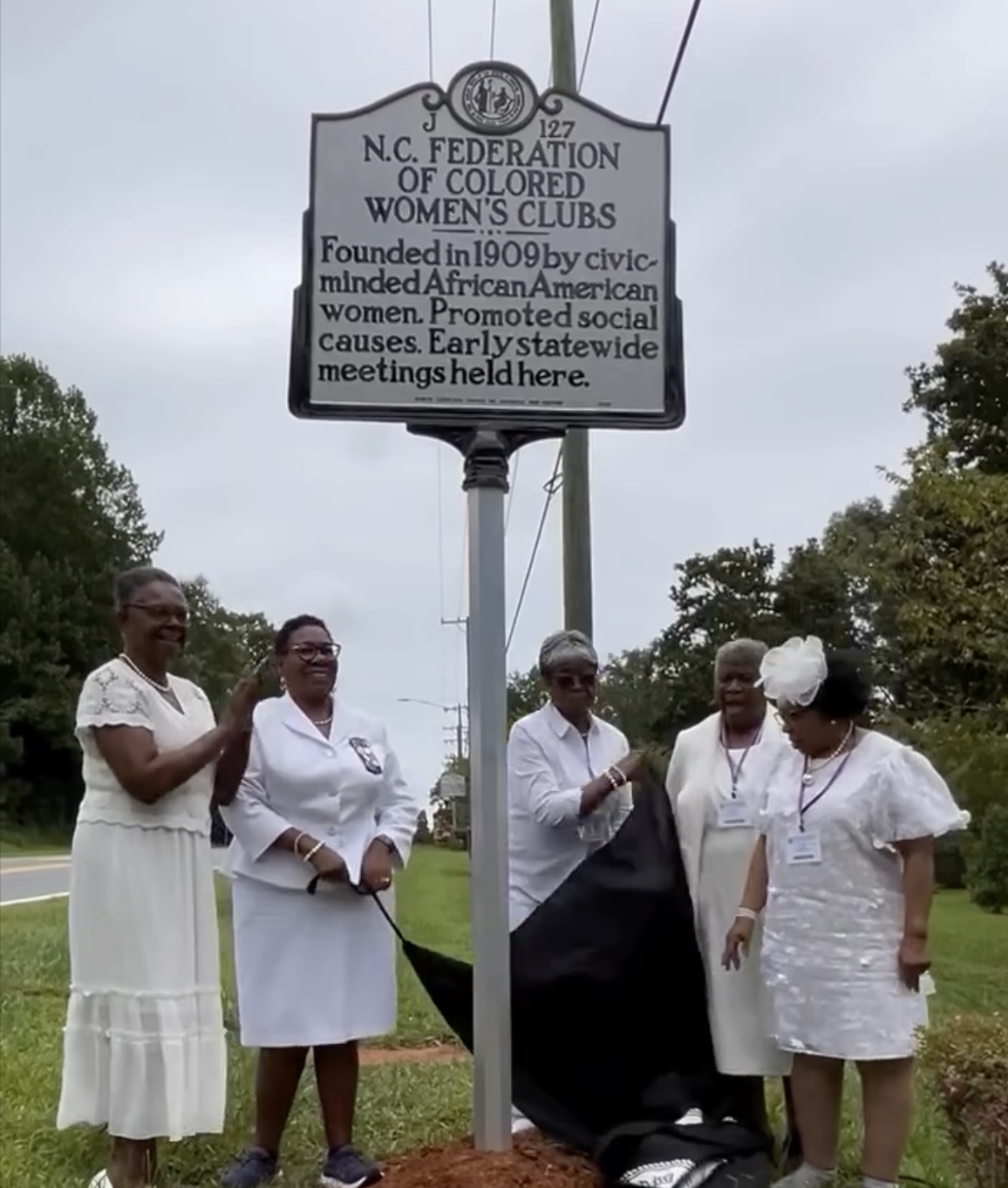By: Jordan Meadows
Staff Writer
In 1909, a group of African American women came together in North Carolina with a shared goal: to uplift Black communities through organized service and leadership. Their effort led to the founding of the North Carolina Federation of Colored Women’s Clubs (NCFCWC)—an organization that, for over a century, has remained devoted to improving the lives of women, youth, and families across the state.
The NCFCWC was born as an outgrowth of the National Association of Colored Women’s Clubs (NACWC), which had been established in 1896 in Washington, D.C.. The national movement was sparked by Josephine St. Pierre Ruffin, who, in 1895, called for a unified organization to represent Black women excluded from the white-dominated women’s clubs of the time.
In response, dozens of local and regional groups united to form the NACWC, with Mary Church Terrell elected as its first president. Under her leadership, the organization advocated for civil rights, women’s suffrage, and the fight against lynching and Jim Crow laws.
Following this example, North Carolina’s own federation was founded by five influential women: Dr. Charlotte Hawkins Brown, Minnie S. Pearson, Cottie Dancy Moore, Maggie Jones, and Julia M. Warren. The NCFCWC focused its work on moral, social, political, and educational advancement.
Its constitution declared that any club in North Carolina formed “for the purpose of improving the status of women and youth” could join. Clubs from cities, towns, and rural areas across the state rallied under its banner, committed to a mission embodied in the Federation’s powerful motto: “Lifting as We Climb.”
This motto reflected a guiding philosophy—advancing oneself while simultaneously elevating others. It informed the organization’s broad and meaningful work throughout the 20th century and beyond. Member clubs engaged in a wide range of efforts: Raising funds for educational scholarships to support Black youth, creating resources for blind residents, advocating for health awareness, particularly for sickle cell disease and HIV/AIDS, championing the rights of children, the elderly, and underserved families, and partnering with the NAACP on civil rights efforts across the state
One of the Federation’s landmark achievements came in 1921, when it worked with the North Carolina General Assembly to establish the North Carolina Industrial Home for Colored Girls, also known as the Efland Home for Girls. The institution provided care, shelter, and training for young girls at risk, reflecting the Federation’s commitment to both protection and empowerment.
In 1959, it celebrated its 50th anniversary in Wilson, NC, hosted by the Mary McLeod Bethune Civic Club—an event that honored both the past and ongoing leadership of Black women in North Carolina. Later, in 2016, the NCFCWC hosted the 60th biennial and 120th annual convention of the national organization in Concord, NC, affirming its continued importance on the national stage.
In partnership with North Carolina Central University, the Federation has preserved historical materials dating from 1949 to 2015, including records, photographs, and personal stories from across the state. These documents provide a vital glimpse into the ways Black women in North Carolina shaped their communities through faith, education, and activism.
In recognition of this enduring legacy, the North Carolina Highway Historical Marker Program honored the Federation in August 2025 with the unveiling of a new marker at Hwy 70 in Sedalia, NC, at the Charlotte Hawkins Brown State Historic Site.
The work of the NCFCWC helped lay the foundation for progress in education, healthcare, civil rights, and social justice in North Carolina—and it continues to inspire new generations.


